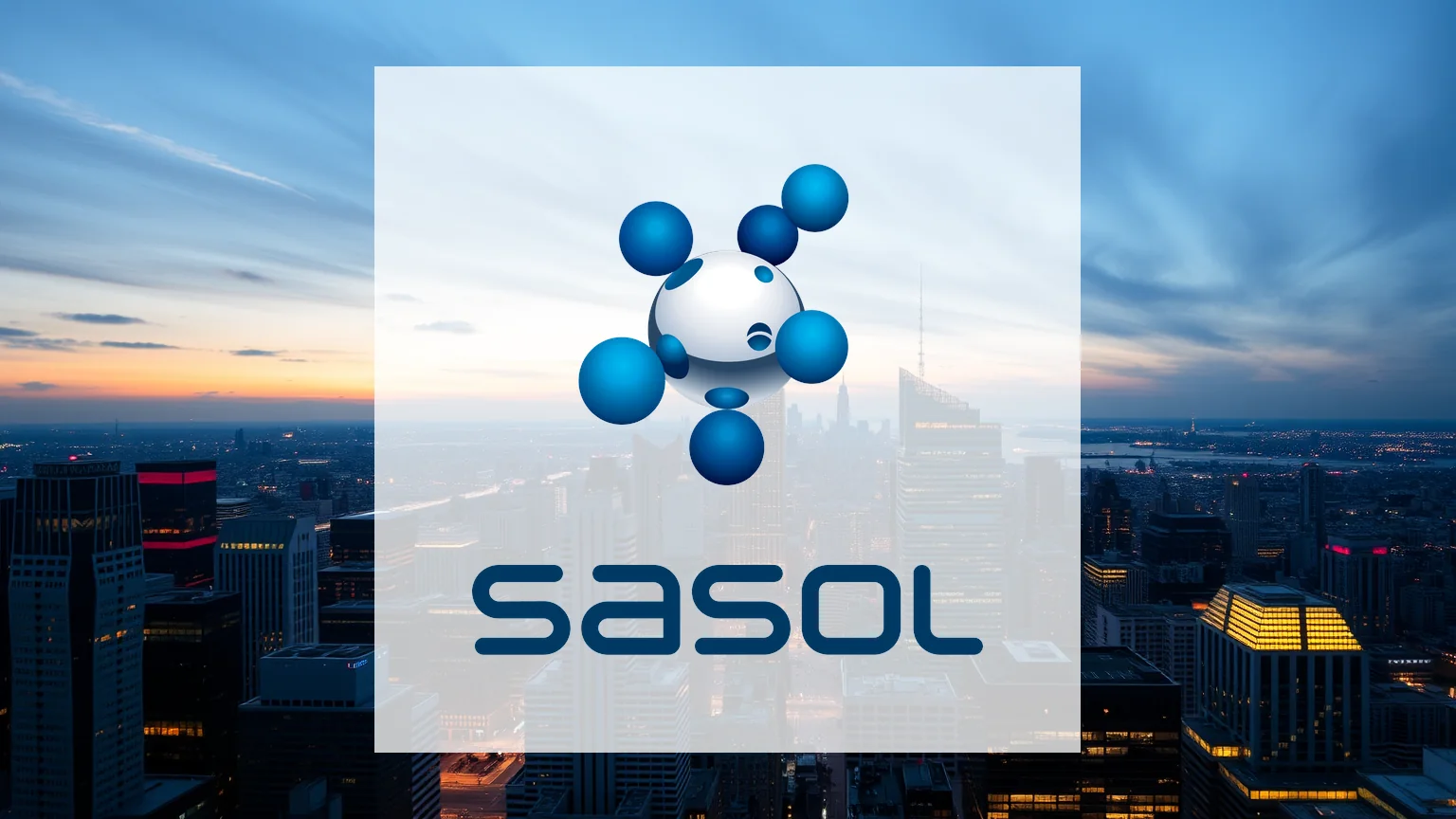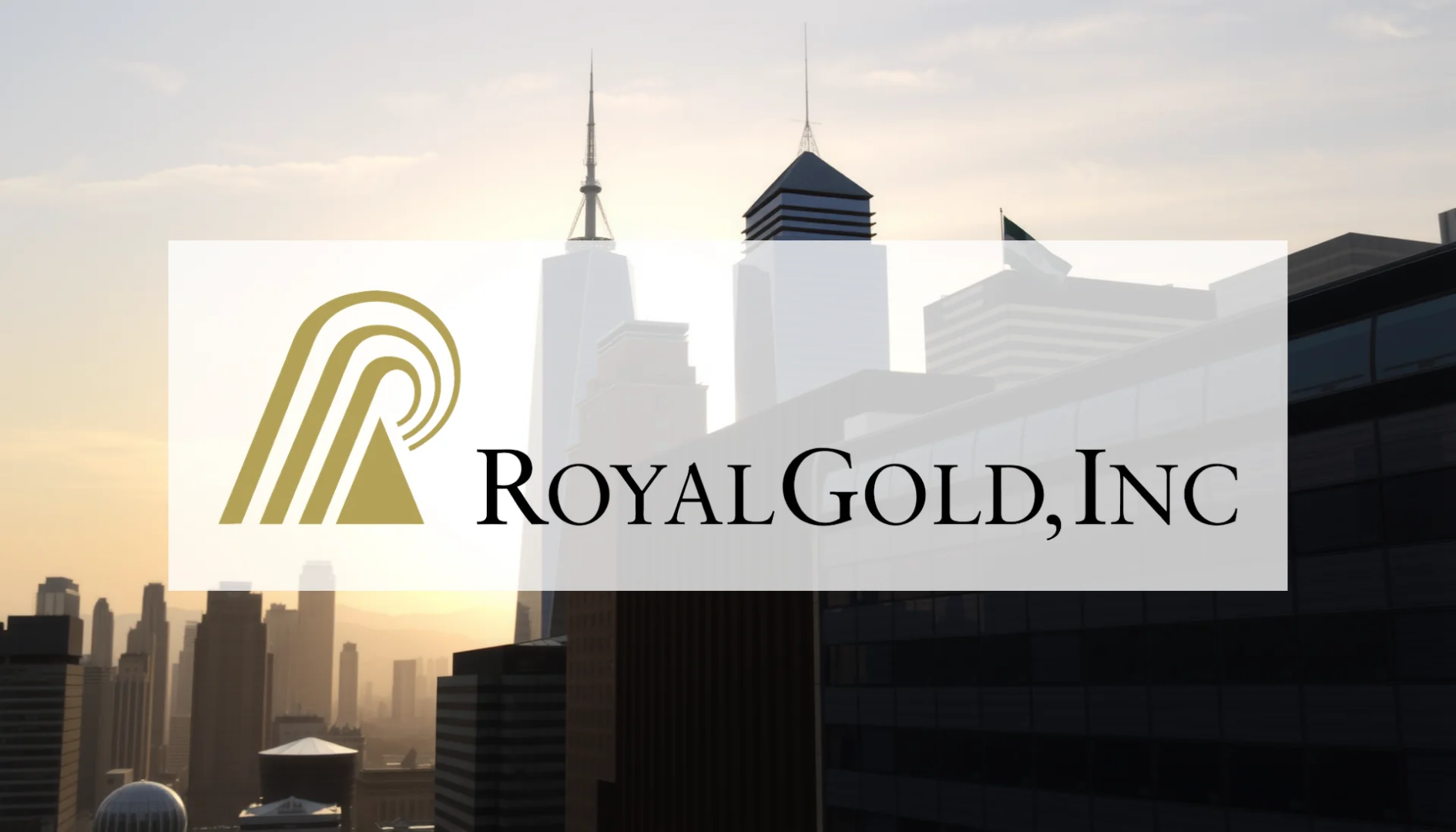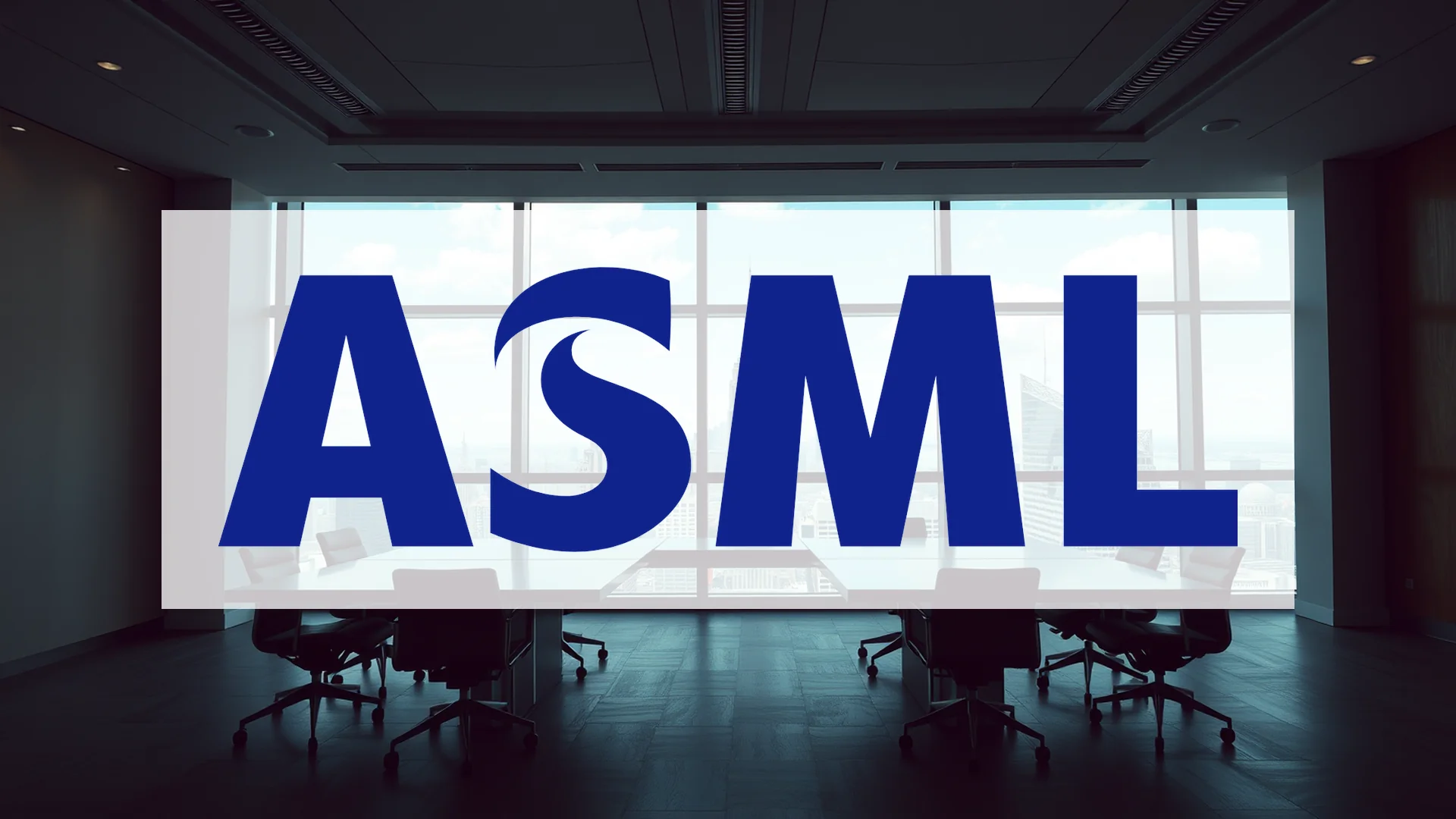South African energy and chemical conglomerate Sasol has announced what appears to be a remarkable financial recovery—at least on the surface. The company’s latest trading statement reveals a dramatic shift from losses to profitability, though a closer examination reveals persistent operational weaknesses that merit investor attention.
Mixed Signals in Key Performance Indicators
Markets received Sasol’s August 12 trading statement with notable interest. The company projects earnings per share between ZAR 7.00 and ZAR 12.00 for fiscal year 2025, representing a dramatic reversal from the previous year’s loss of ZAR 69.94 per share. Headline earnings per share are anticipated to surge by 85-100%, reaching ZAR 33.60 to ZAR 36.30.
This turnaround stems from multiple factors:
* Significantly reduced impairment charges
* A ZAR 4.3 billion settlement payment received from Transnet
* Improved chemical pricing combined with stringent cost management
* The absence of a substantial tax asset write-down in the company’s US operations
Operational Performance Tells a Different Story
Beneath the surface of these impressive headline figures, operational challenges persist. The company’s adjusted EBITDA—a crucial measure of cash generation—is projected to decline by 10-17% to approximately ZAR 50-54 billion.
Should investors sell immediately? Or is it worth buying Sasol?
This operational contraction results from several market headwinds:
* Brent crude oil prices that averaged 15% lower when converted to South African rand
* Substantially compressed refinery margins across the industry
* A 3% reduction in sales volumes due to both production constraints and weakened demand
Asset Impairments Continue to Impact Valuation
Despite an overall reduction in write-downs, Sasol still recorded substantial asset impairments. The company’s Secunda and Sasolburg liquid fuels refineries remain fully impaired, while Mozambique-based assets suffered a ZAR 4.4 billion valuation reduction. The Care Chemicals division in Italy was written down by ZAR 3.2 billion, though the company did manage to reverse over ZAR 1 billion in impairments on its Chinese operations.
Market Reaction and Critical Test Ahead
The market has responded positively to the overall improvement in Sasol’s financial position, with increased long positions from institutional investors including Herenya Capital Advisors. The true assessment of Sasol’s recovery will come on August 25, when the company releases its complete audited annual results. These figures will reveal whether the current rebound represents sustainable improvement or is primarily driven by one-time financial events.
Ad
Sasol Stock: Buy or Sell?! New Sasol Analysis from October 5 delivers the answer:
The latest Sasol figures speak for themselves: Urgent action needed for Sasol investors. Is it worth buying or should you sell? Find out what to do now in the current free analysis from October 5.
Sasol: Buy or sell? Read more here...













